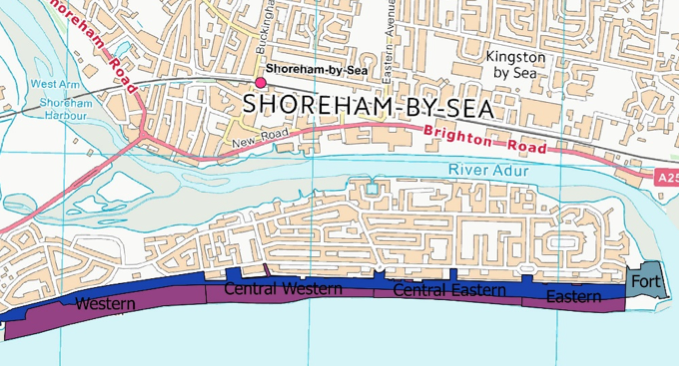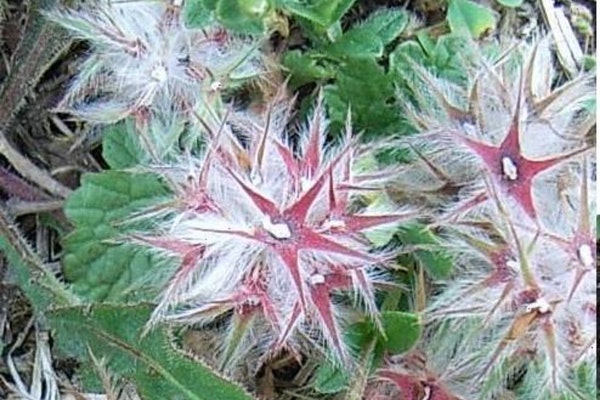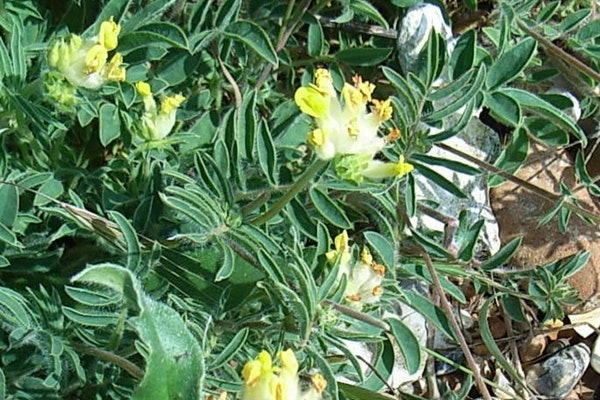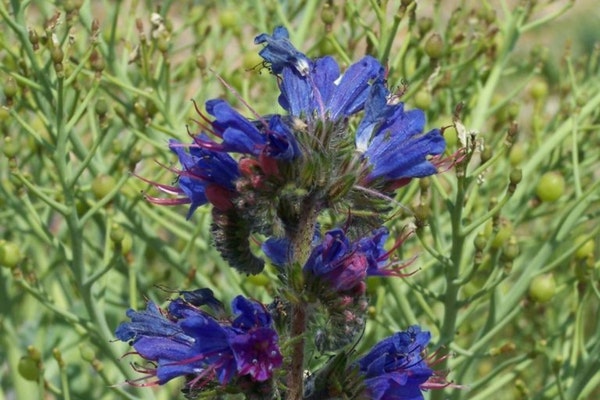In June 2006 Shoreham Beach was declared a Local Nature Reserve (LNR). This is due to its unusual vegetated shingle habitat. There are a few other vegetated shingle beaches in the South East of England, and even fewer in New Zealand and Japan. Making Shoreham Beach a rare habitat worldwide.
Our Local Nature Reserve is 11.2 hectares in size (see marked in blue on the map below) and owned by the Adur District Council. It is managed by the Friends of Shoreham Beach (FoSB) LNR under the auspices of the Parks Department of the Adur & Worthing Councils and with advice from experts.

Its unique situation has meant that it is regarded as a local nature reserve within the newly created Brighton and Hove Biosphere, the only Biosphere in the world including Marine and Urban areas.
Vegetated shingle is characterised by specialised plants that have adapted to survive in harsh coastal conditions where lack of fresh water and nutrients are compounded by fierce winds and impacted by waves. Shingle habitats are also particularly important for invertebrates and for some breeding. They are globally rare because most coastal shingle is too mobile to support plant communities.
When the Sea Kale and Red Valerian come into bloom in late May or early June the reserve looks spectacular. In quick succession the Yellow Horned Poppy and vibrant blue Viper’s Bugloss appear.

People who walk along the beach are rewarded by the sight of carpets of low-growing flowers, pink ivy-leaved Toadflax, Thrift, white Sea Campion and the bright yellow downy flowers of Kidney Vetch. We also have some colonies of Starry Clover which is very rare in the UK (in fact only here, Browndown in Hampshire and Lancing). There are approximately 155 species of plants recently recorded on the LNR which is why it is such a unique environment worthy of protection and care. You can see many of the flowers in our overview of beach flowers.



Being situated on the edge of an urban environment is a mixed blessing. On the one hand it can be enjoyed by many local people, but on the other it can suffer from human carelessness. Although the plants can survive the salt winds, scarcity of fresh water and poor nutrients in the shingle, they are easily damaged by trampling. Also enrichment of the nutrients through Bonfire and BBQ ash, garden rubbish and dog faeces causes “garden escapes” to flourish and push out the native plants.
For more information read our 2016-21 Management Report.
